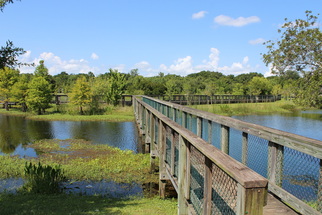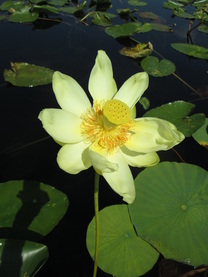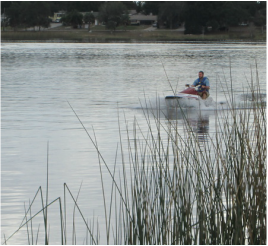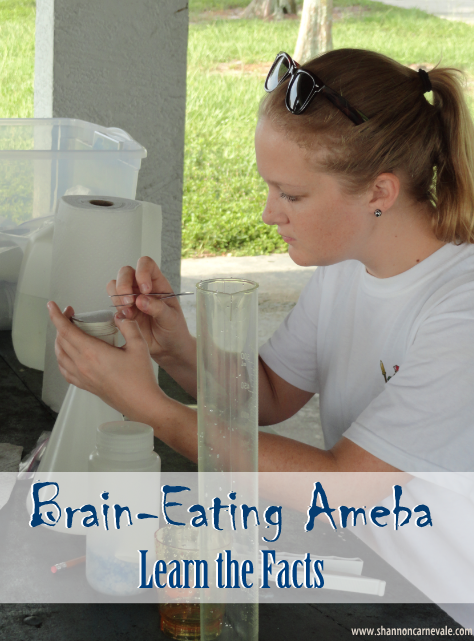 Brain-Eating Ameba, also referred to as Amoeba (British English), terrifies parents up and down the Florida peninsula. Think about it: Is there anything else in Florida that sounds so horrific? We're talking about a microscopic organism literally named for it's habit of infecting the brains of people who play in lakes. Even though snakes, alligators, and crocodiles get a bad reputation for being dangerous at least you can see them coming! Not the case with Brain-Eating Ameba. Brain-Eating Ameba, is actually a microscopic organism, assumed to be present in nearly all Florida's fresh-water water bodies like lakes, canals, and ponds. The often ill-fated disease caused by Naegleria fowleri is "Primary Amebic Meningoencephalitis" or PAM. According to the Center for Disease Control and Prevention (CDC) only 132 people have been infected since 1962. Unfortunately, all but three have died from the infection. Have I scared you enough yet? Don't worry. As you can tell by those statistics, the infection is incredibly rare. Fortunately, reducing your risk and your friends' and family's risk is easy.  Brain-Eating Ameba is found in the mud of warm water lakes and ponds. To avoid infection, avoid stirring up the sediments in warm freshwater. Keeping one’s face away from stirred up sediment in warm water will significantly reduce the risk of infection. Children, especially young children, should be discouraged from digging in mud and sediments in lakes and ponds where they may be playing. This includes diving down to the bottom of a lake to dig plants or other things up.  Amebas infect people when contaminated water travels up the nose and the ameba travels to the brain. Infections usually occur in July, August, and September but in Florida the season may start earlier and end later in the year due to our prolonged warm weather. This is important if you are one of the many people who like to like to participate in such activities as water skiing, wake boarding, tubing, or other water activity in the summer. When participating in these summertime activities, it is common for water to be forced up your nose. You can reduce your risk of infection during these activities by wearing ear plugs and a nose clip. You cannot be infected through drinking contaminated water, eating fish from contaminated water, or by talking to, touching, or being around another person infected with brain-eating ameba. Additionally, you cannot catch Naegleria fowleri from salt water. If you suspect you or someone you know may have contracted brain-eating ameba, check the following symptoms and call a medical professional immediately. Symptoms usually start 5 days after infection but may range 1-7 days from time of infection.
After symptoms present, death usually occurs within five days but may range from one day post-infection to twelve days post-infection. In the few known cases of survival, the patients recognized the symptoms early and sought proper treatment immediately. Share this information with everyone you know who enjoys our many gorgeous water features in Florida; this information may save a life! Avoiding Brain-Eating Ameba is easy and with a little knowledge, we can all have a safe and adventurous summer. Did you find this article helpful or informative? Pin the above image to share this post with others!
|
The
|


 RSS Feed
RSS Feed
